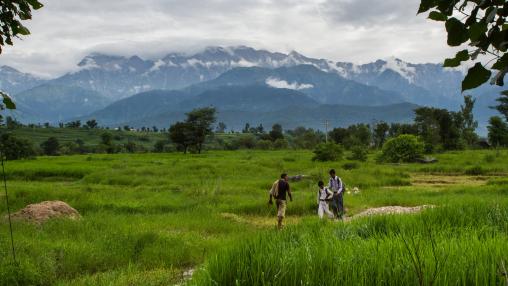
SUMMARY: e-Dialogue on India's High Profile Land Acquisition Bill
THis article was written by Summer Allen, Research Coordinator at IFPRI
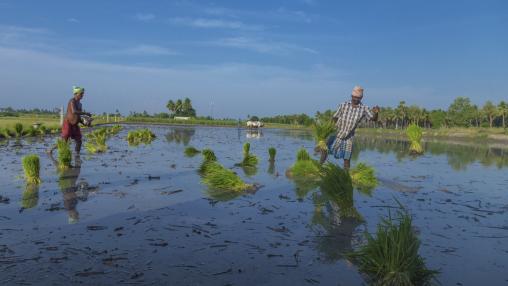
Electronic Dialogue: Implementation of Land Acquisition Bill in India (April 20-22)
The India Food Security Portal provides policy research, capacity-building resources, and an active and inclusive policy network that is fostered through interactive dialogues on food security. The goal of the India Food Security Portal is to inform the policymaking process and ensure that food security-relevant policy processes at the national and state levels in India are more effective at addressing food insecurity.
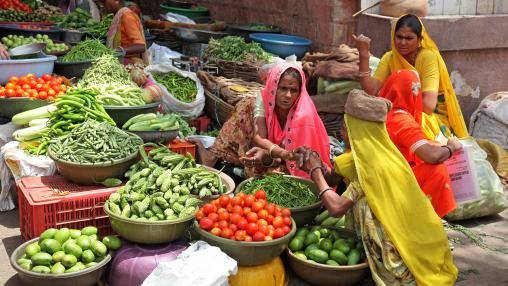
Launching the India Food Security Portal
We are very pleased to announce the launch of the India Food Security Portal.
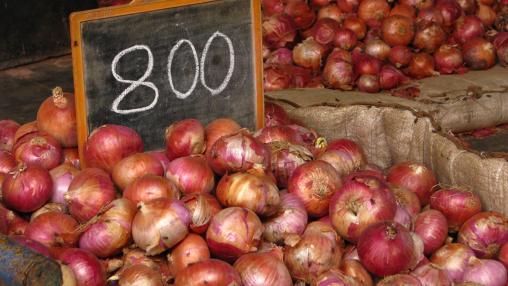
Monsoon Fears Driving Food Inflation in India
India’s monsoon season is off to its weakest start in five years, sparking fears over the potential for drought and increased food prices throughout the country. During the first half of June, cumulative rainfall for India as a whole was 45 percent below average, according to the Ministry of Agriculture’s Department of Agriculture and Cooperation ; India’s Meteorological Department is predicting that total monsoons this season will reach only 93 percent of the long period average.
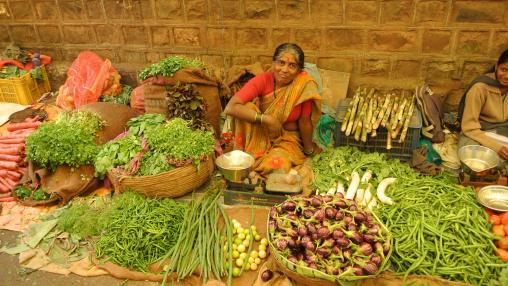
Is Volatility Contagious? Price Volatility Transmission in Agricultural Commodity Markets
Food price volatility can present problems for an array of stakeholders, including countries managing their export portfolios, commodity traders, and especially farmers, as unpredictable prices may result in variable income and food insecurity.
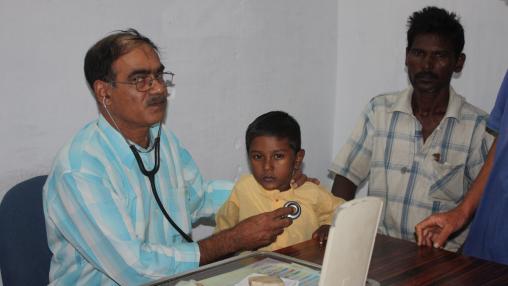
Standards of Care: Improving Trust in Healthcare Services in India
Quality healthcare plays a crucial role in improving the lives of the poor. In many developing countries, however, high-quality healthcare can be hard to come by.
This is particularly true in India, where public sector medical care is often plagued with high rates of absenteeism and where private sector care is costly and of low quality. As a result, the country’s poor populations tend to have a low opinion of medical professionals, leading them to consult unqualified practitioners, or even no one at all, when they are sick.
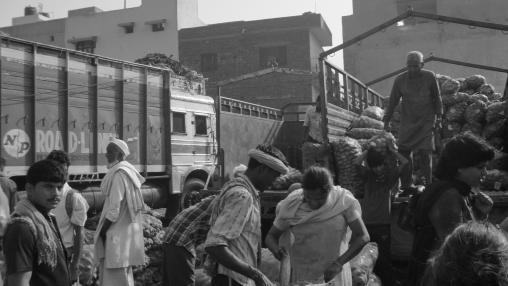
Protecting the Poor Through Higher Food Prices?
High food prices affect poor populations in a variety of ways. While households that only consume food suffer as a result of rising food prices, households that also produce food can actually benefit from price increases. But there is another, less recognized avenue through which high food prices can impact the poor: rural wages. The lion's share of the world's poor relies on agricultural jobs to make a living; whether or not agricultural wages increase as a result of rising food prices therefore has significant implications for how those price increases will help or hurt.
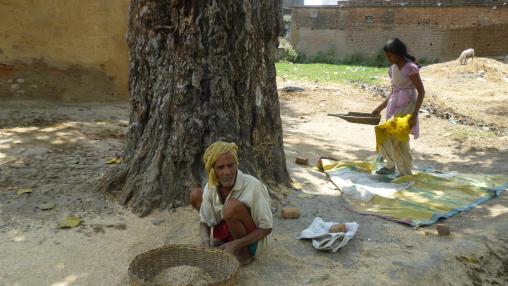
Updated: Will India's National Food Security Bill Help or Hurt?
Last week, India’s executive branch passed the historic National Food Security Bill (NFSB), an act that will dramatically increase the number of people who receive food subsidies from the government. While India’s existing food distribution system, the Targeted Public Distribution System (TPDS), is already enormous, the NFSB proposes to increase coverage to 75% of India’s rural population and 50% of the urban population – a whopping 800 million people.
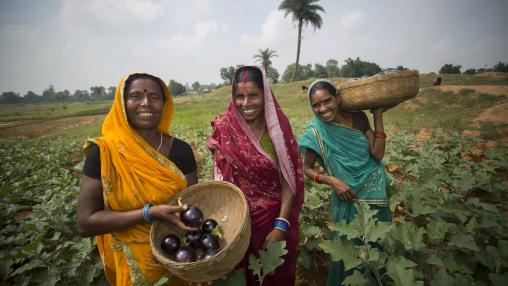
Draft of India National Food Security Bill Released
India's Department of Food and Public Distribution has released a draft of the National Food Security Bill on its website and is encouraging the public to comment and make suggestions by the end of September.
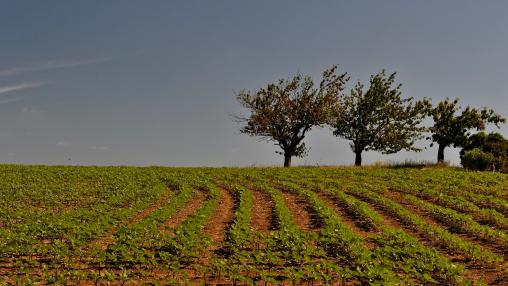
WTO Disciplines on Agricultural Support
When the World Trade Organization (WTO) was created in 1995, its members committed themselves to a set of disciplines for domestic support, market access, and export competition for agriculture. The Agreement on Agriculture paved the way for the pursuit of progressive reductions in world agricultural market distortions.